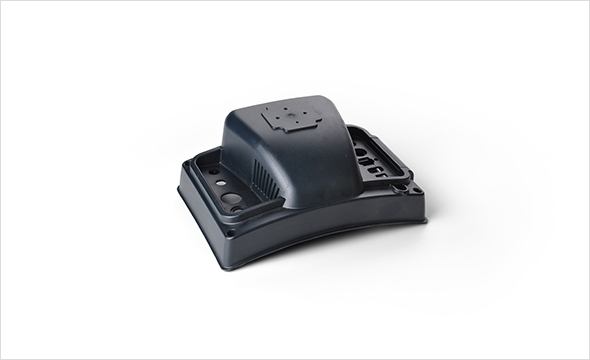
Project Information
- Name Example Theme Customize
Blood Pressure Part
Plastic injection-molded blood pressure components are parts used in the construction of blood pressure monitoring devices, such as cuffs, valves, connectors, and housings. These parts are crucial for the accurate measurement and safe operation of blood pressure monitors. Here are some common examples:
- Cuff Housing: The main body of the blood pressure cuff, which houses the inflatable bladder and air tubes. Injection-molded cuff housings are designed to be durable, lightweight, and comfortable for the patient, with smooth surfaces to minimize irritation.
- Inflatable Bladder: The bladder inside the blood pressure cuff that inflates and deflates to apply pressure to the patient’s arm. Injection-molded bladder components are designed to be flexible, airtight, and resistant to deformation during inflation and deflation cycles.
- Air Tubes: Plastic tubes that connect the cuff bladder to the air pump or pressure gauge. Injection-molded air tubes are designed to be flexible, kink-resistant, and securely attached to the cuff and monitoring device.
- Valves and Connectors: Injection-molded valves and connectors are used to control the flow of air into and out of the cuff bladder during inflation and deflation. These components ensure accurate pressure control and prevent air leakage.
- Pressure Gauge Housing: The housing for the pressure gauge or display unit of the blood pressure monitor. Injection-molded gauge housings are designed to be compact, lightweight, and durable, with clear visibility of pressure readings.
- Release Valve: A valve used to deflate the cuff bladder after the blood pressure measurement is complete. Injection-molded release valves are designed for smooth and precise pressure release to ensure patient comfort and safety.
- Strap or Fastening Mechanism: Components used to secure the blood pressure cuff around the patient’s arm. Injection-molded straps or fastening mechanisms are designed for easy adjustment, secure attachment, and patient comfort.
Injection molding is an ideal manufacturing process for blood pressure components due to its ability to produce high-quality, precise parts with consistent performance and reliability. Common materials used for injection-molded blood pressure parts include thermoplastics such as polyvinyl chloride (PVC), polyethylene (PE), polypropylene (PP), and thermoplastic elastomers (TPEs). These materials offer excellent flexibility, chemical resistance, and biocompatibility, making them suitable for medical device applications.


